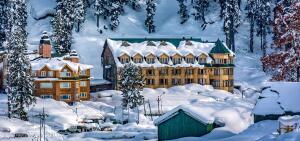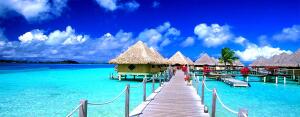Madeira, an autonomous region of Portugal, is an archipelago comprising 4 islands off the northwest coast of Africa. It is known for its namesake wine and warm, subtropical climate. The main island of Madeira is volcanic, green and rugged, with high cliffs, pebbly beaches and settlements on deltas of the Fajã River. Capital Funchal has botanic gardens and is known for its harbor and a large New Year’s fireworks show.
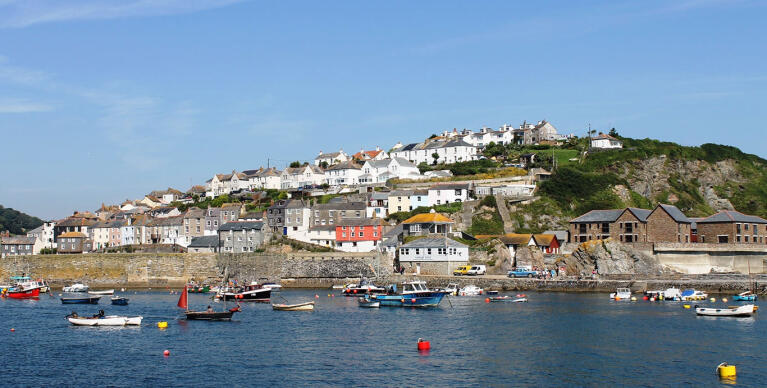
The Greeks have given the name of “Islands of the Happy” and, indeed, the climate of Madeira is a factor that can ensure happiness. The temperature during the early months of the year is 13-14 degrees Celsius and the green landscape invites you to walks in nature. Madeira is a natural paradise with laurel forests and exotic plants, and in restaurants you can enjoy a fragrant wine produced on the island.
Azores Archipelago carries the same distinctive note of eternal spring, being an ideal destination for those who want to escape for a few days of low winter temperatures. Sao Miguel Island hosts some of the touristic attractions of the archipelago that are worth taking into account: botanical garden, volcanic landscape of the Lagoa de Foco, dozens of waterfalls, and the largest city in the Azores, Ponta Delgada.
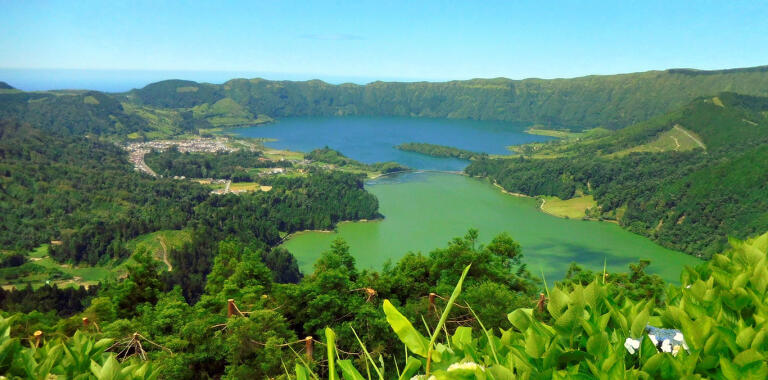
The Azores, an autonomous region of Portugal, are an archipelago in the mid-Atlantic. The islands are characterized by dramatic landscapes, fishing villages, green pastures and hedgerows of blue hydrangeas. São Miguel, the largest, has lake-filled calderas and the Gorreana Tea Plantation. Pico is home to the 2,351m Mt. Pico and vineyards sheltered by boulders.
The largest island of the Canary Islands, Tenerife, has in January an average temperature of 16 degrees. This aspect is speculated most of the tourists who want to enjoy the beautiful weather of spring and walks outdoors. Moreover, prices are more than affordable in this period.

The island hides a lot of points less known by tourists. Loro Natural Park, with its orchids garden and an exceptional zoo is such a place. You can also visit the mysterious pyramids Guimar, which are similar to those in Mexico, Peru and Mesopotamia, and in the south of the island, Barranco del Infierno gorge you will impress you with its lush vegetation.
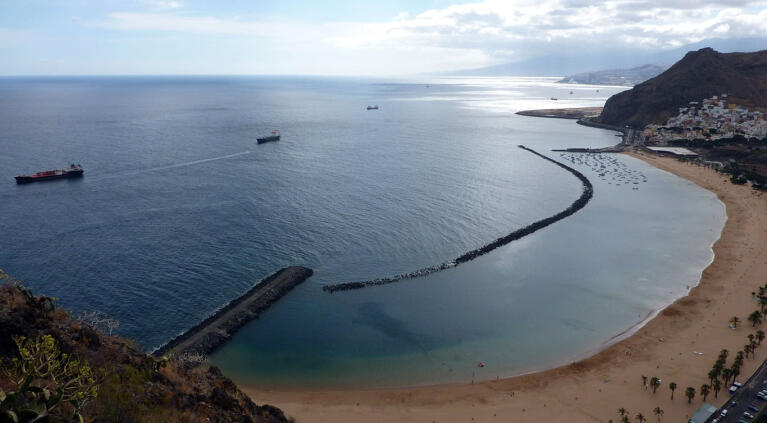
Tenerife is the largest of Spain’s Canary Islands, off West Africa. It’s dominated by Mt. Teide, a dormant volcano that is Spain’s tallest peak. Tenerife may be best known for its Carnaval de Santa Cruz, a huge pre-Lent festival with parades, music, dancing and colorful costumes.
The island has many beaches (with sands from yellow to black) and resort areas, including Los Cristianos and Playa de las Américas.
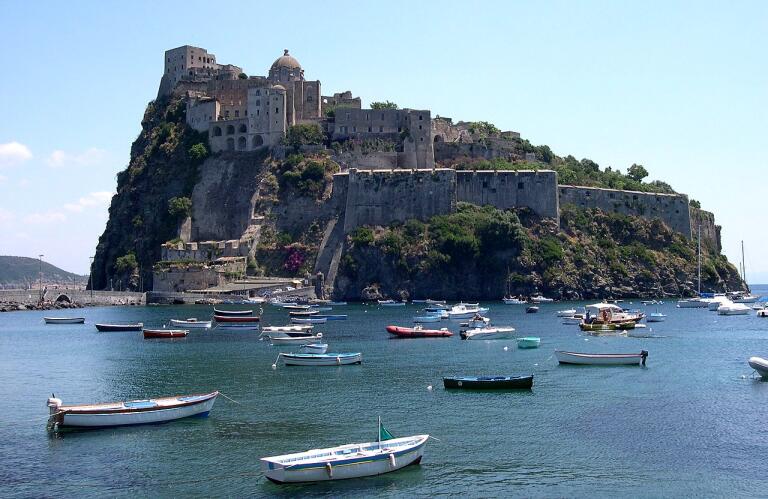
Ischia is a volcanic island in the Gulf of Naples, Italy. It’s known for its mineral-rich thermal waters. Hot springs bubble up at Maronti Beach, in the south. East, Roman remains lie beneath the sea floor at Cartaromana Beach.
The beach has views of medieval Aragonese Castle, linked to Ischia by a stone bridge. Nearby, 18th-century Palazzo dell’Orologio houses the Sea Museum, devoted to Ischia’s fishing tradition



